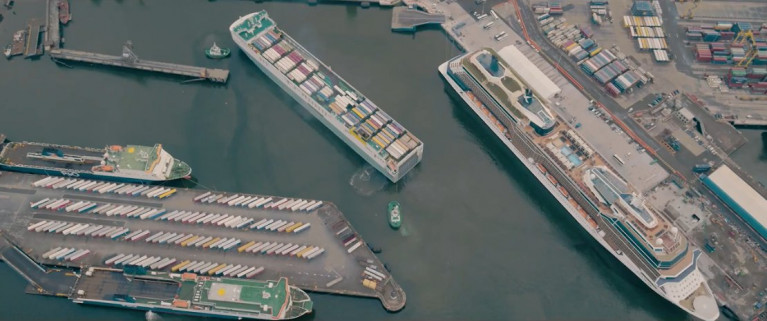Displaying items by tag: pharmaceuticals
Highest Ever Level of Exports Hits €165 Billion in 2021
Irish goods exports in value have soared to a record €165 billion last year despite the disruption to global trade caused by the pandemic.
The full-year (Central Statistics Office) figures for 2021 show trade with the UK has been impacted by Brexit, however.
While Irish exports to Britain were up by €2 billion or 17 per cent in the 12 months to the end of December, imports of goods from Britain were down by nearly €2.4 billion or 13 per cent.
Since the UK’s departure from the EU on January 1st, 2021 firms have faced increased customs requirements.
Marks and Spencer (M&S) said last year that post-Brexit rules and “excessive paperwork” has forced it to cut about 800 lines from its stores in the Republic.
But the fall-off in imports has coincided with a significant uptick in cross-Border trade on the island of Ireland.
The Irish Times has more on the CSO figures including an exports/imports graph .
Seeing the capabilities of Ireland's largest research vessel and the work of the Marine Institute, Mr Simon Coveney highlighted the importance the Marine Sector has on the Irish economy. "The seas and ocean that surround the land of Ireland is arguably one of our countries greatest natural resources. Through marine research, development and sustainable management, Ireland is developing a strong reputation as an emerging centre of excellence, where we have prominent roles in many European and international marine science bodies," he said.
Ireland's national research vessels RV Celtic Explorer and RV Celtic Voyager will record 627 days at sea between the two during 2011. Their work will range from fisheries surveys to underwater mapping and from climate studies to deepwater surveys with the remotely operated submersible ROV Holland 1.
"The work conducted on the vessels continues to feed into the success in attracting EU funding to Ireland's marine science programmes that have been achieved by our strategic approach to marine science planning" explained Dr Peter Heffernan, CEO of the Marine Institute.
"The award of funding projects shows that partnerships between academics and small businesses can yield significant dividends in creating jobs, generating economic revenue and the supply of raw materials for new industries ranging from ocean energy and environmental monitoring technologies to marine-inspired pharmaceuticals and food ingredients" he further said.

























































